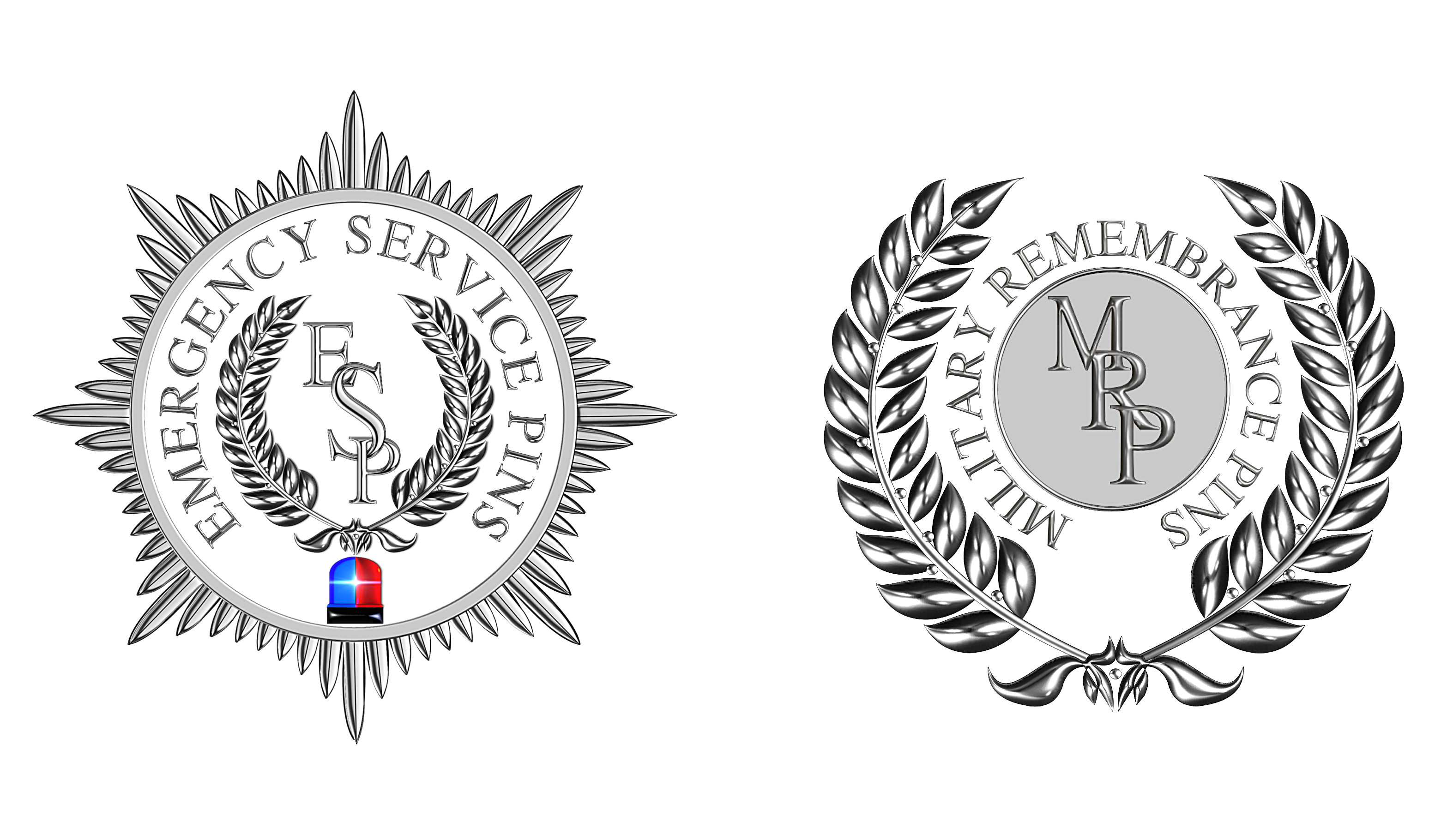HMS Exeter Royal Navy Ships Crest Lapel Pin
Wear this HMS Exeter Ship Crest Pin with pride at any time of the year.
Made with High quality metals and enamels.
Rear safety pin fastener.
Size: 23 x 17 mm
Free UK Postage & Packaging (Orders over £6.50)
International postage will be added at checkout using Royal Mails current International Large Letter Tariffs
Other Related Products (Click On The Images)
HMS Exeter (D89) was a Type 42 destroyer, the fifth ship of the Royal Navy to be named Exeter, after the city of Exeter in Devon. The vessel fought in the Falklands War and the first Gulf War, she was scrapped in 2009.
HMS Exeter (68) was the second and last York-class heavy cruiser built for the Royal Navy during the late 1920s. Aside from a temporary deployment with the Mediterranean Fleet during the Abyssinia Crisis of 1935–36, she spent the bulk of the 1930s assigned to the Atlantic Fleet or the North America and West Indies Station. When World War II began in September 1939, the cruiser was assigned to patrol South American waters against German commerce raiders. Then the Exeter was one of three British cruisers that fought the German pocket battleship, the Admiral Graf Spee, later that year in the Battle of the River Plate. She was severely damaged during the battle, and she was in the shipyard for over a year.
After her repairs were completed, the ship spent most of 1941 on convoy escort duties before she was transferred to the Far East after the start of the Pacific War in December. The Exeter was generally assigned to escorting convoys to and from Singapore during the Malayan Campaign, and she continued on those duties in early February 1942 as the Japanese prepared to invade the Dutch East Indies. Later that month, she was assigned to the Striking Force of the joint American-British-Dutch-Australian Command (ABDACOM), and she took on a more active role in the defence of the Dutch East Indies. The culmination of this was her engagement in the Battle of the Java Sea later in the month as the Allies attempted to intercept several Imperial Japanese Navy invasion convoys. The Exeter was crippled early in the battle, and she did not play much of a role as she withdrew. Two days later, she attempted to escape inbound Japanese forces, but she was intercepted and sunk by Japanese ships at the beginning of March in the Second Battle of the Java Sea.
Most of her crewmen survived the sinking and were rescued by the Japanese. About a quarter of them died during Japanese captivity. Her wreck was discovered in early 2007, and it was declared a war grave, but by 2016 her remains had been destroyed by illegal salvagers.
Courtesy of Wikipedia









